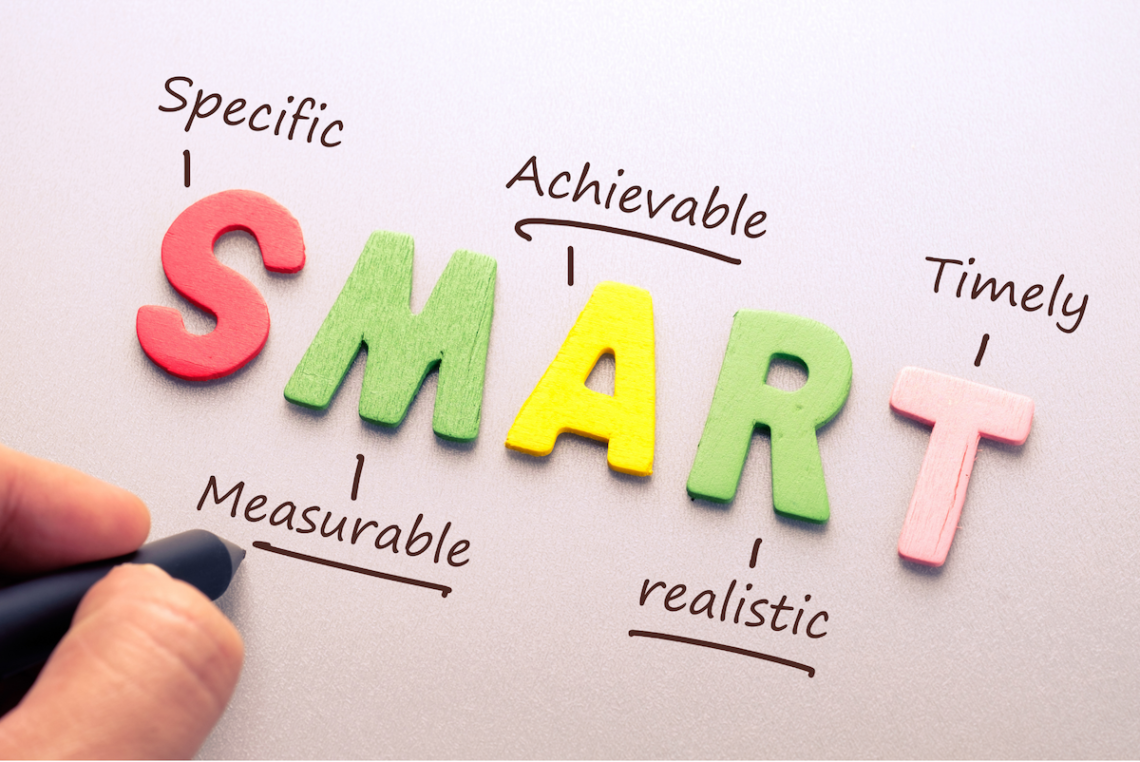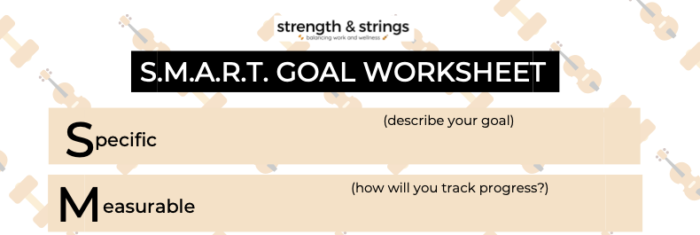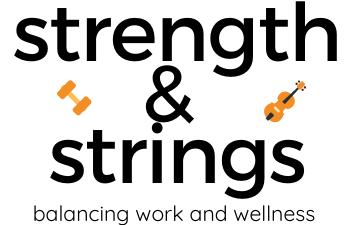
The ultimate guide for creating SMART goals
Welcome to the second post in the “Make a Change” series. Over the next few weeks, I will be sharing tips and other information to help you reach your 2022 wellness goals! Read the previous post here.
Are you creating SMART goals?
If you are ready to make a change in your life, you most likely have an idea of some goals you would like to reach at some point.
According to this website, here are some of the most common health-related New Year’s Resolutions:
- Get in shape
- Lose weight
- Drink less (alcohol)
- Reduce stress
- Get more sleep
These are wonderful changes that an individual can make to improve their health. You may have chosen the same resolutions. However, there is one common problem with these statements.
They are VAGUE.
In most areas of life, vague statements are not helpful. The same goes for the goal setting process.
Most people do not take the time to address every aspect of the goal setting process. From that, they end up with goals that are unattainable, too simple or overwhelming to create a plan for.
If you are ready to create goals that can transform your life and are within your reach, continue reading to learn more about the goal setting process and how to create SMART goals.
Table of Contents
Before you write out your goal, you should consider a few factors:
1. Why is this important to me?
Identifying the value of achieving this goal important can be a strong motivational factor in achieving the desired outcome.
2. How committed I am to this goal?
Similar to the point above, you will work harder to reach a goal that is meaningful to you and is driven by your will to make a behavior change.
3. What skills do I need to achieve this goal?
Some goals may require some skills or strategies for success. For example, a weight loss goal may need an individual to learn how to use a food scale, correctly input meals into a food app and interpret nutrition labels.
Additionally, you will encounter some challenges at some point. How will you adapt to new situations or recover from setbacks?
4.. How will I receive feedback on my progress?
In order to determine if you are making progress, there must be some method of feedback. Depending on your goal and personal choice, you can receive feedback through check-ins with a health coach, using fitness or nutrition apps or wearable technology such as an Apple Watch.
5. Do I have the resources and support I need?
Having the necessary resources and support available can increase the likelihood that you will reach your goal. The most common factors that affect the change making process are time, travel, and other people.
After considering those factors, let’s learn more about the components of SMART goals and how to create them.

What is a SMART goal?
SMART goals highlight the components of successful goals. The acronym SMART represents specific, measurable, attainable, relevant and time-bound. In order to create quality SMART goals, let’s quickly learn about each component.
Components of SMART Goals
Specific
Creating goals that are specific can help you create a plan for change. Which goal would be easier to execute, “get in shape” or “exercise 3 times a week?”
Measurable
In order to determine if you are making progress, your goal should allow you measure and evaluate your progress. Some objective examples of measuring progress are during of exercise, hours of sleep and servings of vegetables. Subjective examples are energy levels and mood.
Attainable
Although ambitious goals require more effort, it is important to set goals that are in reach. If they are too difficult, you may lose the motivation to work toward them. Larger goals may benefit from being broken down into smaller, short-term goals.
Relevant
At times, we may have several goals that we would like to achieve. However, they may or may not complement each other. For example, including the goal of eating a serving of vegetables at dinner four times a week would be a great companion to a weight loss goal.
Time-Bound
Setting deadlines can help motivate you to reach your goals. ACE recommends that you lean on the conservative side for deadlines since progress can be unpredictable.
SMART goal example
Now that we have a better understanding of the components of a SMART goal, let’s check out an example.
One of my recent goals was to compete in a bodybuilding competition before the end of the year. After I chose the show, my goal looked something like this:
I will lose about 10 pounds in 8 weeks in order to compete in the Eastern USA Championships. I will create a calorie deficit by weight lifting 5 times a week for at least an hour and follow my coach’s nutrition guidance. Progress will be tracked using a weight scale and weekly check-in pictures.
Lets break down my goal in terms of the SMART goal framework:
| SMART Goal Component | Example from my goal |
| Specific | lose 10 pounds through weight lifting and calorie adjustments |
| Measurable | weight scale and check-in pictures |
| Attainable | this is my 3rd bodybuilding competition, I will use my coach for guidance and support |
| Relevant | the weight loss is necessary in order to attain the conditioning needed to compete |
| Time-bound | 8 weeks |
Although this was an intense prep based on the circumstances, I reached my goal and received 4th place!

To provide additional support for your goal setting process, I have created this FREE SMART Goals worksheet just for my readers! Using this worksheet will make sure you have addressed every part of your goal. I recommend having this worksheet displayed on a device or in a room where you will see it everyday.

Summary
The SMART goal framework highlights the components of successful goals (specific, measurable, attainable, relevant and time-bound).
After considering the factors that can affect your goals, creating goals that include these five components can improve the likelihood that you will create a plan and make a permanent change.
What is a goal that you have for this year? Share it below!





